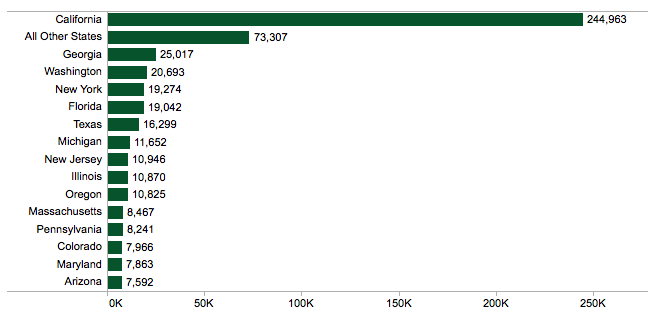News
Tesla Model X cited as “most significant vehicle”, by growth contribution to record 2016 PEV sales
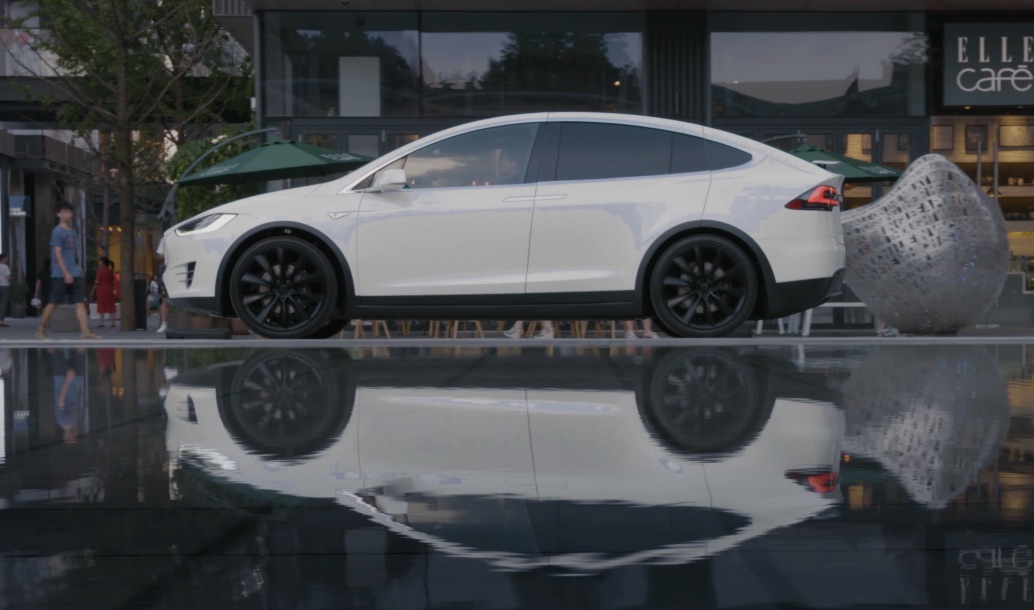
Electric and plug-in hybrid car sales established new sales records in 2016 with the Tesla Model X earning the title of “most significant vehicle” according to EV Volumes. The industry tracking site cites the Model X for its contribution to the growth of plug-in car sales in the US this past year.
EV Volumes defines any car with a plug as a plug-in, which may cause some Tesla fans heartburn. The site does acknowledge that plug-in hybrids are probably a stop-gap solution until there are more pure electric cars with at least 200 miles of range available to American consumers.
“The volume increase in 2016 can be attributed to Tesla (+95 % for S & X combined), the new GM Volt (+61 %), Ford Fusion (+63 %) and a number of newcomers, mostly in the Plug-in Hybrid category.” indicates the published report. “By its growth contribution, the Tesla Model X must be regarded the most significant vehicle this year.”
The Tesla Model S was the overall sales leader for the year with 28,821 units sold to US customers, a 22% increase over 2015. The Model X finished the year with 17,629 US sales, good enough for 3rd place overall. The second generation Chevy Volt claimed 2nd place with 24,739 cars delivered to customers in the US, a 61% increase.
California claimed nearly 50% of all plug-in sales with the other 9 states that adhere to the California zero emissions standards accounting for another 13%. Combined, all ten states accounted for nearly 62% of all US plug-in sales. In the conventional car market, those states make up about 28% of the US new car market.
Other cars with plugs that sold more than 10,000 units in the US in 2016 include the Ford Fusion Energi plug-in hybrid, which saw its sales grow 63% last year to almost equal the Tesla Model X in total sales. The Fusion Energi now accounts for about 10% of all Fusion sales, despite the fact that Ford CEO Mark Fields insists that nobody wants to buy electric cars.
Sales of the Fusion Energi took off midyear after Ford began to advertise it as the longest range plug-in hybrid available. That claim is technically accurate — the Fusion Energi can travel more than 600 miles on a tank of fuel. But it is misleading in that the car only has 22 miles of range on battery power alone, which is only fair to middling for a plug-in hybrid these days.
To give the Fusion Hybrid more range, Ford simply increased the size of the gas tank. All of which suggests that the buying public is still woefully uninformed about cars with plugs, just as Elon Musk always claims when he talks about what a poor job car companies and automobile dealers do marketing electric cars.
The last car to sell more than 10,000 units last year is the venerable Nissan LEAF. Although Nissan promises an all new second generation LEAF with 200 miles or more of range sometime before the end of 2019, the current car is hopelessly out of date. It is essentially the same as it was when it first went on sale at the end of 2010. Still, the LEAF soldiered on to sell just over 14,000 cars in the US last year.
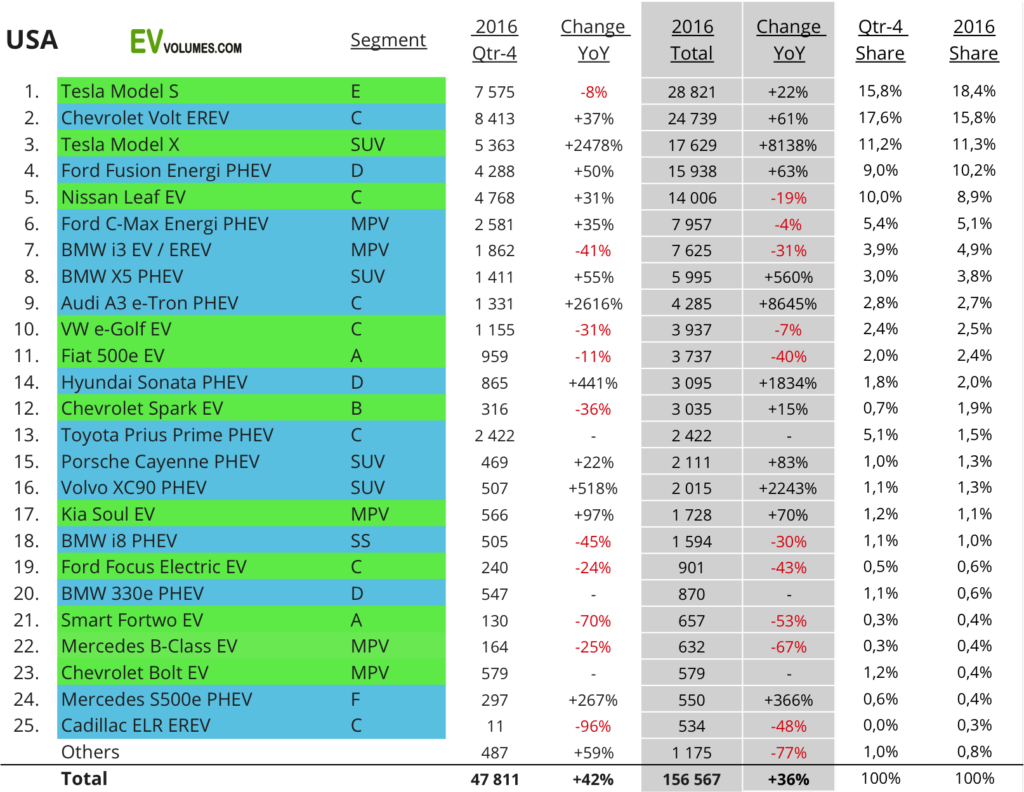
2016 Plug-in car sales in the US. Source: EV Volumes
In all, more than 156,000 cars with plugs were sold in the US in 2016. EV Volumes predicts that number will climb to 250,000 or more in 2017, assuming at least 50,000 Tesla Model 3 sedans are included. Whether the Model 3 makes it to market in significant numbers is one of the biggest stories industry watchers will be following this year.

News
Tesla’s vehicles expected to get Grok voice assistant—but when?
Recently launched Grok voice features hint at what Tesla’s future voice assistant could look like.

A voice assistant based on xAI’s Grok language model is expected to make it to Tesla’s vehicles soon, and while it isn’t yet clear exactly when, the release of a new version of the AI with a voice mode just a few weeks ago suggests that it could be drawing near.
Last month, xAI debuted Grok 3, its latest version of the language model, along with rolling out a voice feature just a few days later that lets users talk to and get a response from the AI. During a broadcast on X in January, Musk also confirmed that Tesla’s vehicles would soon get Grok as a voice assistant, after he first teased a native version of the language model in the company’s vehicles back in November 2023.
Musk didn’t disclose exactly when Tesla’s vehicles would get the Grok voice assistant, simply saying that the feature was “coming soon.”
“Grok in Teslas is coming soon,” Musk said. “So you will just be able to talk to your Tesla and ask for anything.”
Try Grok voice conversation mode!
Requires a Premium+ or SuperGrok subscription.
— Elon Musk (@elonmusk) February 24, 2025
READ MORE ON XAI: xAI’s Atlanta data center with $700M in AI equipment to be operated with X: report
As Musk pointed out in his gaming broadcast, the system is expected to let drivers talk directly to their vehicle, to which Grok will respond and make the necessary changes as a built-in voice assistant. Currently, however, Grok 3 and its voice mode are only available to those with a Premium Plus account on X, running $40 a month.
xAI officially launched a standalone Grok app for Apple devices in January, following suit for Androids just weeks later in February. Voice functionality with Grok in Tesla vehicles has also been teased in a few under-the-radar updates from the company since last year.
As one example in December, Tesla hinted at an upcoming voice assistant with the ability to get vehicles to respond “Hello” when greeted by drivers with “Hello” or “Hi,” though they would previously reply with “command not understood.”
The update, while seemingly small, also followed the addition of a wake word capability to Tesla’s vehicles last May, as discovered in source code by hacker and code sleuth greentheonly.
News
Elon Musk claims X is under ‘massive cyberattack’
Could the X outages be the result of a massive cyberattack? Elon Musk thinks so.

Elon Musk claims that an ongoing outage on his social media platform X is due to a “massive cyberattack,” and he says the attack seems to have an unprecedented amount of resources behind it.
Amidst intermittent outages on X on Monday morning, Musk claimed in a post that the issues were the result of a targeted cyberattack on the platform. He also claimed that, while attacks are lodged against the platform everyday, this particular one seemed to have substantial resources behind it, which he says could be “either a large, coordinated group and/or a country.”
There was (still is) a massive cyberattack against 𝕏.
We get attacked every day, but this was done with a lot of resources. Either a large, coordinated group and/or a country is involved.
Tracing …
When X user Hassan Sajwani responded to the post saying that “They want to silence you and this platform,” Musk simply responded “Yes” in a follow-up post. X has yet to release an official statement on the outages.
The news also comes after mass demonstrations and vandalism against Tesla’s stores and vehicles have broken out around the world in the past few weeks, in protest of Musk’s recent efforts under the Trump administration to gut a broad range of federal agencies. Arrests have been made following attacks and arson against multiple of the Tesla locations, though it’s not yet clear if the ongoing cyberattack against X could be related.
🚨 Elon Musk says there is an ongoing “massive cyberattack” against X
The platform has been battling outages for most of the day https://t.co/SoHvW52yAe
— TESLARATI (@Teslarati) March 10, 2025
Musk was also hosted for an interview with Fox Business on Monday following the outages, during which he said he “wasn’t sure” what had happened but that the attacks had been linked to IP addresses originating in Ukraine.
READ MORE ON X: Elon Musk’s X in talks to raise funds at $44 billion valuation: report
Musk purchased X, then called Twitter, for $44 billion in 2022, going on to launch mass layoffs at the company. About six months after the purchase, he said in an interview with BBC that the company had brought headcount down to just 1,500 from roughly 8,000, representing a cut of around 80 percent of staff.
Last month, X reported an adjusted EBIDTA of $682 million for 2024, along with about $5 billion in revenue. Wall Street Journal also reported that banks had completed a sale of $5.5 billion in debt backed by X. CEO Linda Yaccarino said in January that the company has also secured a deal with Visa to launch X Money, slated for release later this year.
Updated 3:14 p.m. MT: Added Musk’s response in Fox Business interview.
News
Tesla’s Full Self-Driving faces a new hurdle in UK rollout plans
New restrictions could slow the rollout of Tesla’s FSD in the UK.
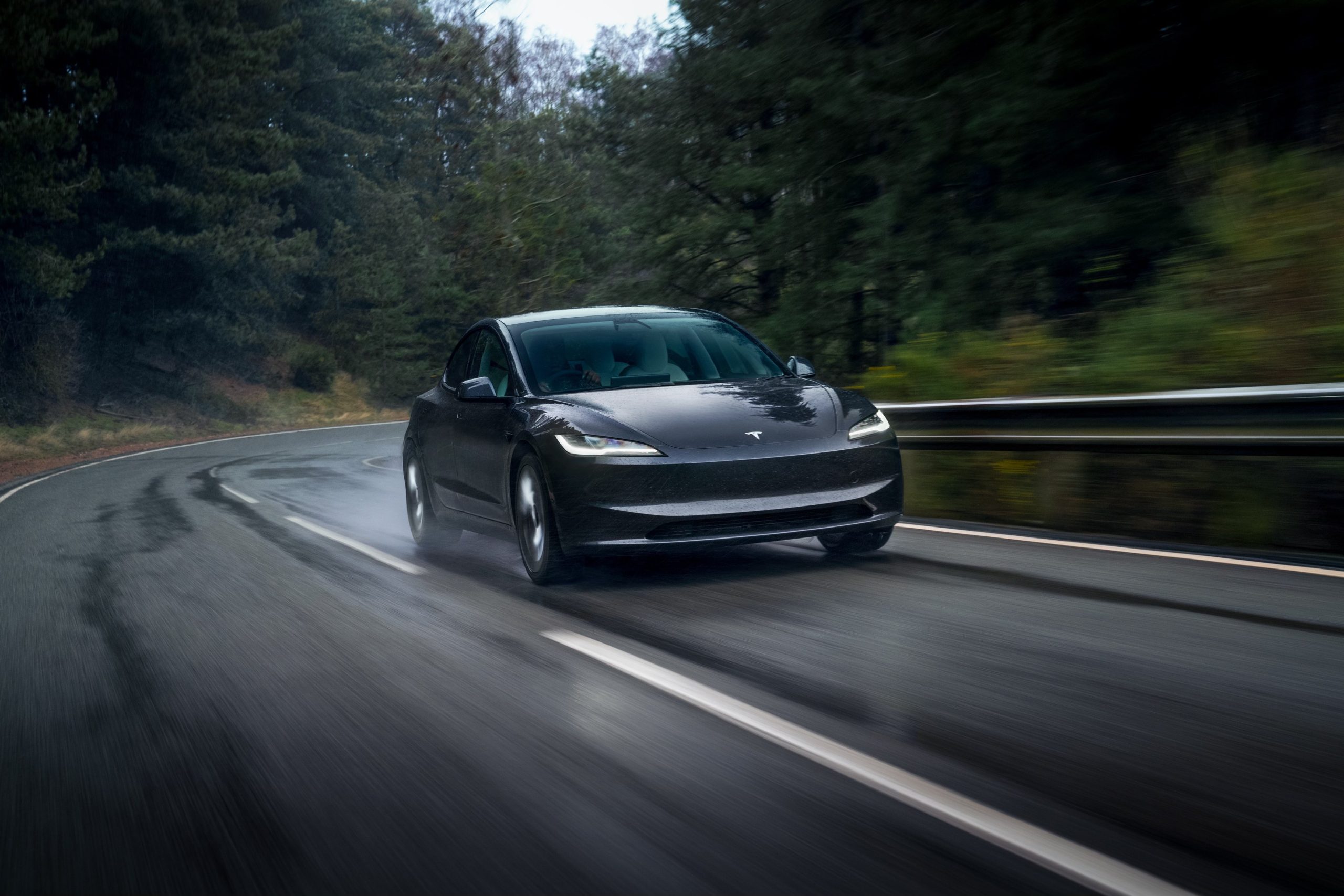
Tesla has been working to start deploying its Supervised Full Self-Driving (FSD) system outside of North America, though as the first waves of the software go out in China and Mexico, regulatory holdups in the United Kingdom (UK) and elsewhere are proving tough to overcome.
The UK’s Department for Transport (DfT) has proposed rules paring back allowances for autonomous driving systems such as Tesla’s Supervised FSD, according to documents seen by Telegraph in a report over the weekend. The delays echo previous statements from Tesla officials highlighting that the system may not be able to roll out in full in Europe until 2028, after recent regulation changes have slowed the deployment of certain automated capabilities.
Although the department’s original draft of safety rules related to self-driving systems allowed vehicles to perform maneuvers such as stopping and starting at traffic lights, turning at intersections, and changing lanes, all while drivers were hands-free, a new draft has diluted these functions to only allow “highway” maneuvers, such as lane changes, while also requiring drivers to keep their hands on the steering wheel.
“Whilst [a driver assistance system] may help in reducing collisions, it may also introduce new safety risks,” said a group of UK officials who helped propose the added restrictions in September.
The group has also suggested that systems like Tesla’s FSD Supervised should be rolled out “in phases,” echoing that safety concerns should be closely evaluated amidst deployment.
“The technological advancements in these systems are promising, but there remain concerns about their impact on driver behaviour, situational awareness and overall safety.”
The changes also come after concerns about deploying automated driving systems were raised in the United Nations Economic Commission for Europe (UNECE) last year, with the UK’s DfT officials speaking out then about concerns for broader approval of the technology.
Tesla FSD vs Xiaomi vs Li Auto inner city driving test.🇨🇳
While FSD was not perfect, it was arguably the smoothest system of the three that were tested. It will be exciting to see just how well FSD evolves as it gets updated in China.pic.twitter.com/19CRkpIiuz
— TESLARATI (@Teslarati) March 10, 2025
READ MORE ON TESLA FSD’S MARKET ROLLOUT: Tesla used this clever workaround to train FSD for China’s roads
Tesla’s launch of FSD Supervised in Europe, elsewhere: what’s causing delays?
Tesla recently launched early FSD-related features in China and Mexico, and the news comes as the company has continued to face tough regulatory barriers to launching the software in markets across Europe and the UK.
As part of his resignation announcement in October, Tesla’s former Global Vehicle Automation and Safety Policy Lead Marc Van Impe warned of major barriers in Europe due to the UN Regulation 171, dubbed DCAS, which could delay the deployment of FSD until 2028.
“This impacts Europe’s competitiveness and it’s clear that the type-approval framework needs to evolve to better and more quickly tackle innovative technologies,” Van Impe said of the delay. “Perhaps temporary certification or deployment through pre-certification can prove a solution.”
Despite this, Tesla went on to launch an introductory version of Actually Smart Summon in Europe and the Middle East in November, after the highly-anticipated software had previously been lumped in with an FSD Supervised update in North America.
During Tesla’s Q4 2024 earnings call in January, CEO Elon Musk also highlighted European regulations as a major barrier to getting FSD approved. He also highlighted an upcoming European Union (EU) committee session in May, which he said is expected to approve the software.
Tesla employees are performing autonomous FSD trials, CEO Elon Musk says
-
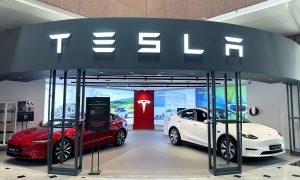
 News3 days ago
News3 days agoTesla at risk of 95% crash, claims billionaire hedge fund manager
-

 News6 days ago
News6 days agoSpaceX announces Starship Flight 8’s new target date
-
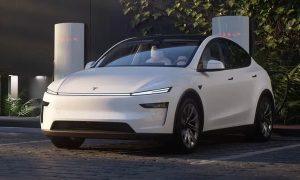
 News3 days ago
News3 days agoTesla contract with Baltimore paused after city ‘decided to go in a different direction’
-

 News6 days ago
News6 days agoTesla launches fresh U.S. promotions for the Model 3
-
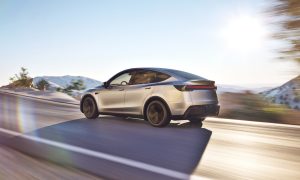
 Elon Musk1 week ago
Elon Musk1 week agoTesla mulls adding a new feature to fight off vandals as anti-Musk protests increase
-

 Elon Musk4 days ago
Elon Musk4 days agoTesla UK sales up over 20% despite Elon Musk backlash
-
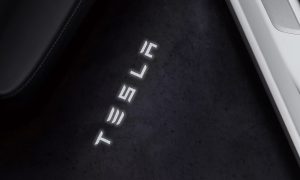
 News6 days ago
News6 days agoOne dozen Teslas burn in arson attack in France, investigation underway
-

 News4 days ago
News4 days agoStarship Flight 8: SpaceX nails Super Heavy booster catch but loses upper stage
